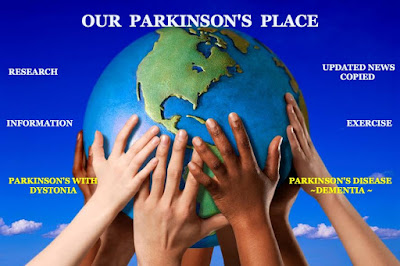April 10, 2016
Two
Cal State Long Beach professors hope that when stem cell
research students come face-to-face with people living with
illnesses such as Parkinson’s disease or spinal cord injuries, they will have a
sense of urgency to develop new treatments or a cure
“Research can move slowly. It’s good to have that fire
under them,” said Beth Eldon, a developmental biology professor. “It can open
their eyes to what the conditions mean. They see people with these diseases and
conditions. It’s not just cells in a dish.”
Molecular
genetics professor Lisa Klig said meeting patients will “help students focus on
the fact there is an urgency to stem cell research, and we need to accelerate
the development of drugs and treatments.”
Students
from CSULB’s biotechnology program will have the opportunity to interact with
these patients starting in July thanks to a roughly $3 million grant from the
California Institute for Regenerative Medicine. The grant will cover 10 paid
student internships at one of more than 30 stem cell laboratories at Cedars-Sinai,
City of Hope and UC Irvine.
WHAT
STEM CELLS DO
Stem cells
are so valuable because they have potential to develop into many different cell
types in the body. Also, in many tissues, they serve as a sort of internal
repair system, essentially dividing without limit to replenish other cells as
long as the person is alive.
The
medical community hopes stem cell
research will find advancements in treating or finding a cure for
such debilitating neurodegenerative conditions as Parkinson’s
and Alzheimer’s diseases and macular
degeneration.
Other
potential uses of stem cell therapy could be for stroke, brain and spinal cord
injuries, muscular dystrophy, diabetes, cancer, baldness and arthritis.
As
part of their training, the 10 student interns will visit Children’s Hospital
Orange County and the VA Long Beach Healthcare System and interact with
patients to hear their experiences.
“When
you interact with somebody who has a disease, it makes you want to cure it in
their lifetime,” Klig said. “If this grant wasn’t here, the students wouldn’t
have this opportunity.”


No comments:
Post a Comment